Wart slugs belong to that large and well-distributed Class Gastropoda. Unlike most of their Class mates they have lost any visible trace of their shells, something they have in common with the rest of the Order Nudibranchia. Unlike many nudibranchs, they don’t have noticeable external gills. Nudibranch, as language fans know, literally means something akin to ‘naked gills’. Phyllidiidae, the wart slug family, have their gills tucked away on their ventral area. They have many other anatomical differences which differentiate them, but as a photographer and a non-expert in the matter, I leave them alone and don’t prod and poke to discover their innermost and no doubt private anatomy.
I’ve been interested in and slightly appalled by this group since I first came across the Varicose Wart Slug – it just seemed such an interesting name in my Red Sea guidebook – I had to know more.
P. varicosa is quite a common animal in the Red Sea and Western Pacific, but it does have a very unfortunate name. With an even worse name is the Pustulose Wart Slug, P. pustulosa. This is a monochrome species without color to redeem it.
This specimen with a little more in the way of orange, shot in the Maldives, is I think P. alyta. Like most of its clan it is a sponge feeder.
The fellow above might be P. exquisita. This is plainly not the case in a semantic sense as it is clearly not exquisite, but someone must think so. The small specimen below, again from the Maldives, is probably P. marindica.
A slightly more attractive specimen is P. meandrina. I came across this one in Mauritius. It has a lovely pink color, but like all its relatives, these colors are there for warning purposes only, advertising their unpalatability to would-be predators.
Last in my selection and quite an unlovely animal is Phyllidopsis xishaensis. An animal related to the Phyllidellans but from a different genus. Again from the Maldives.

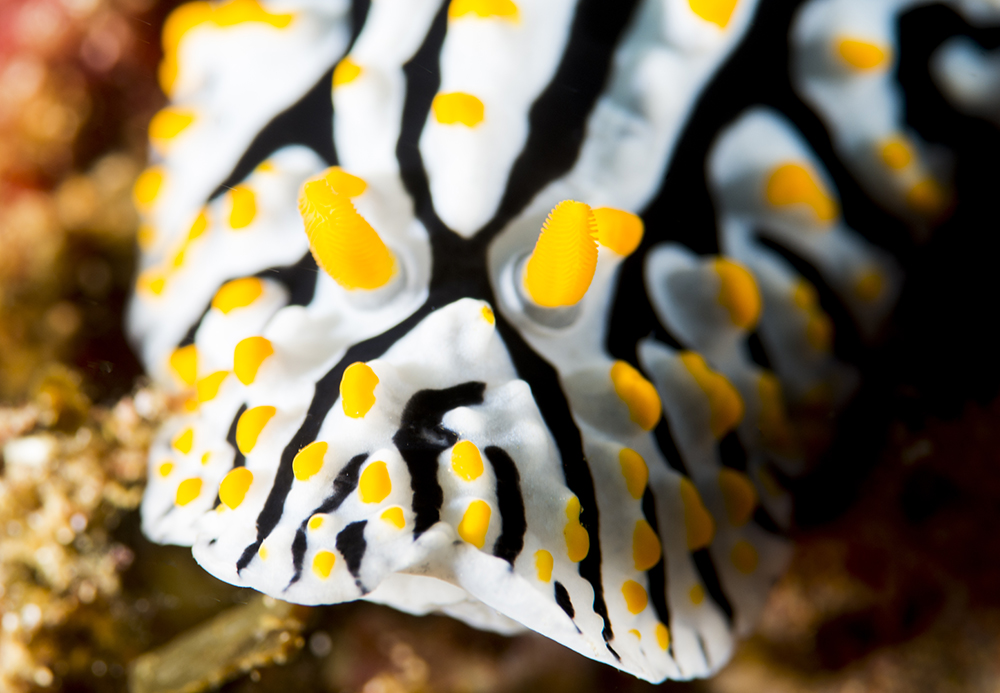
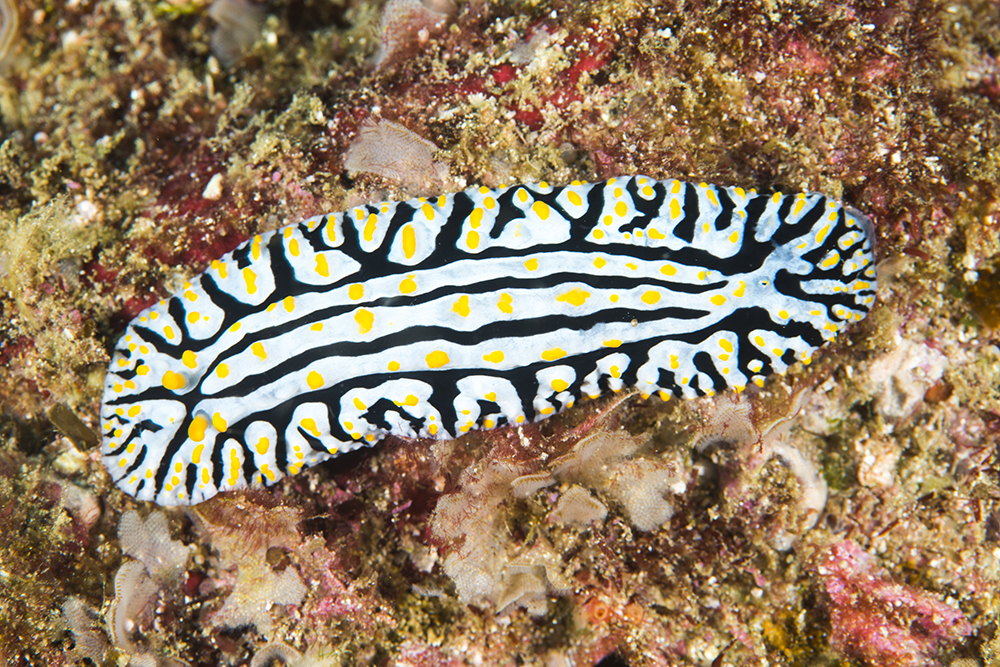
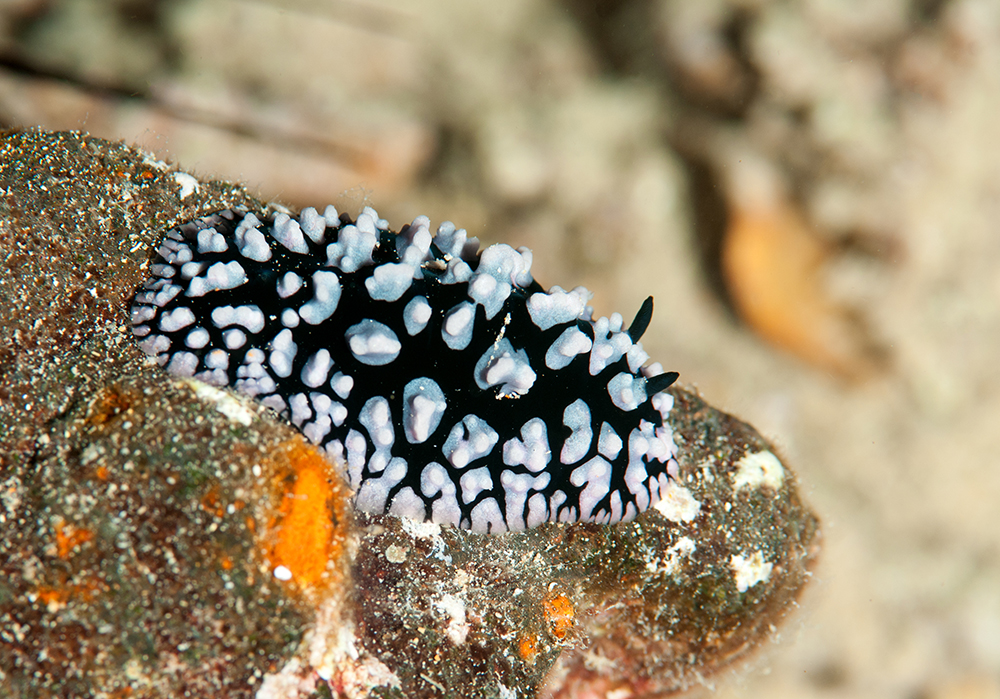
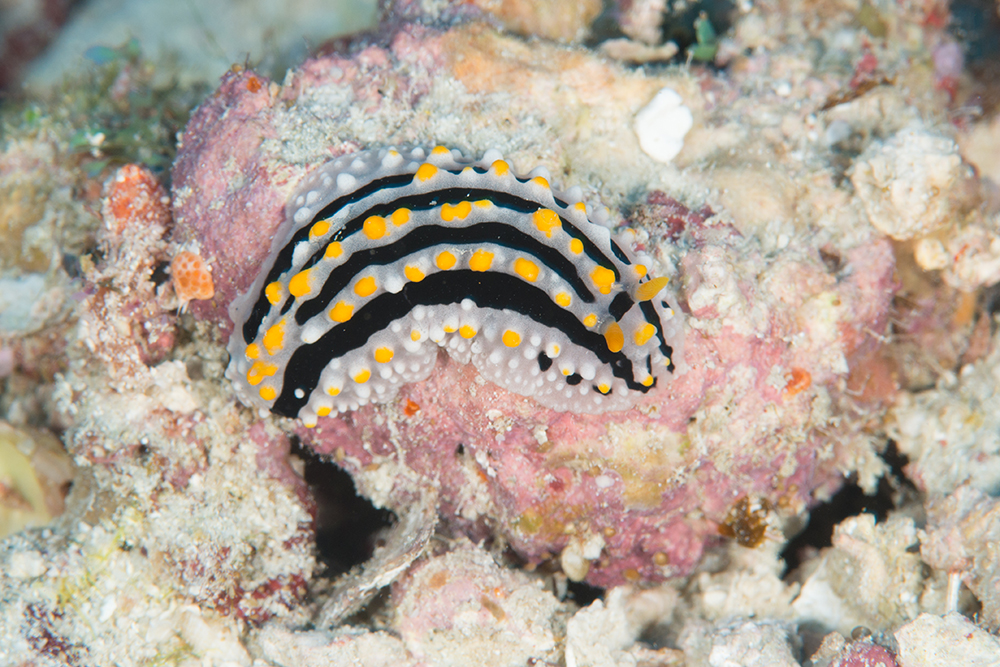
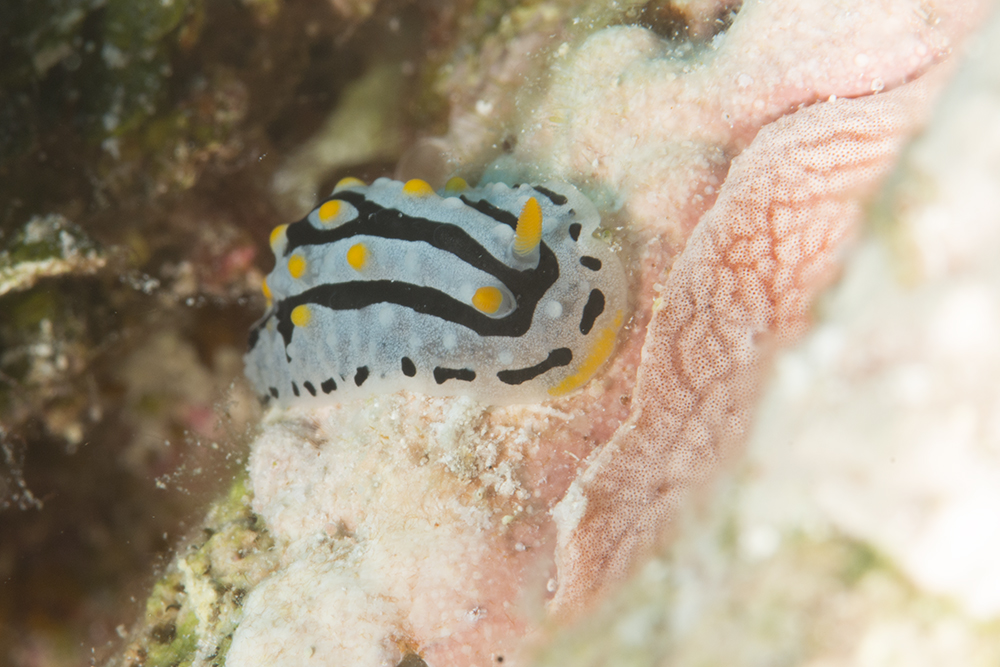
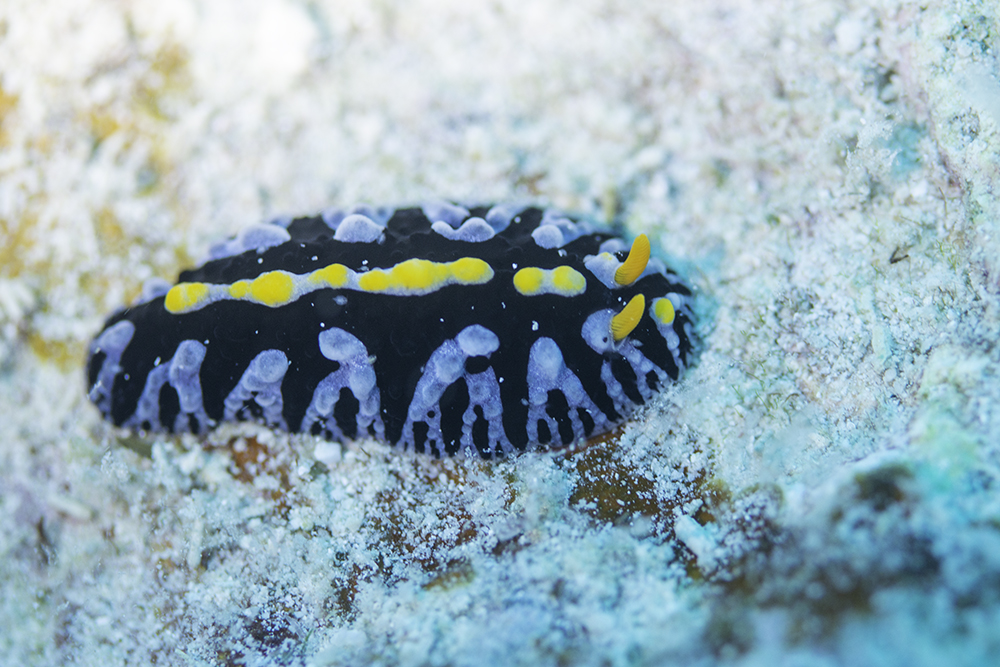
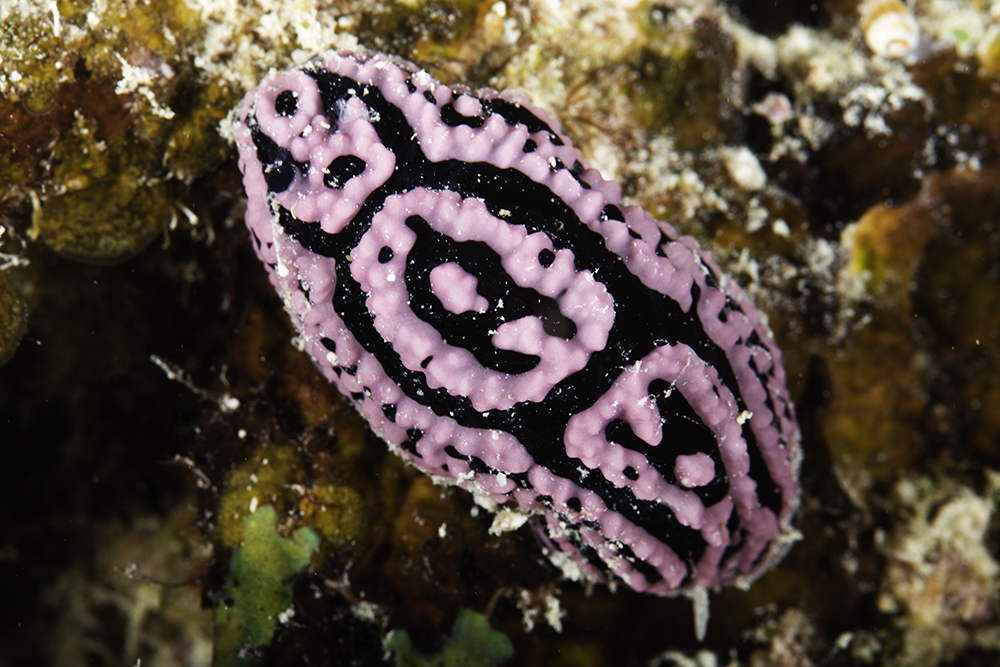
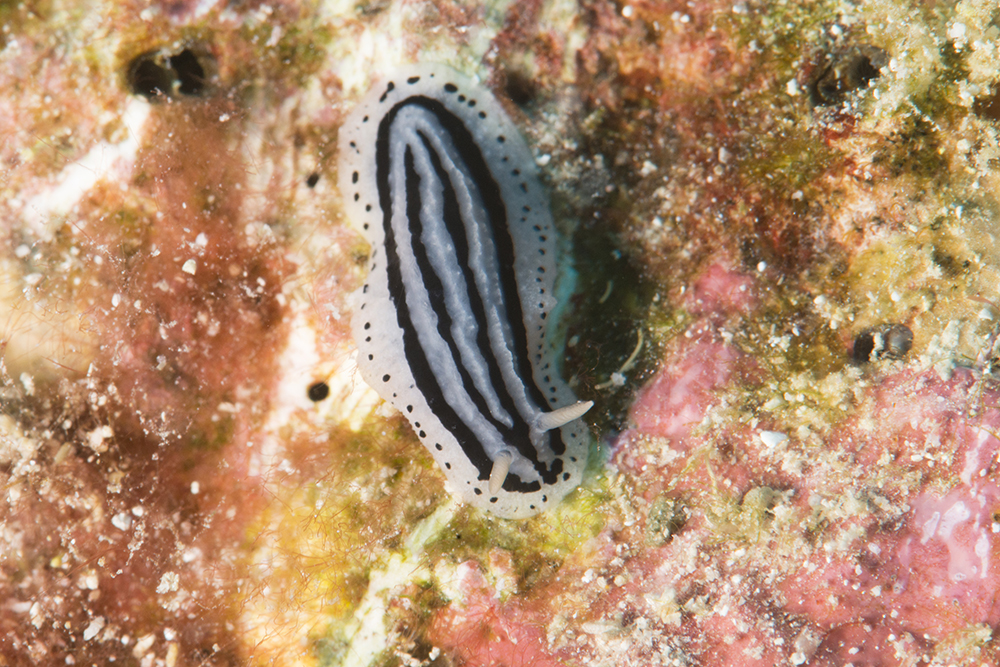








0 Comments